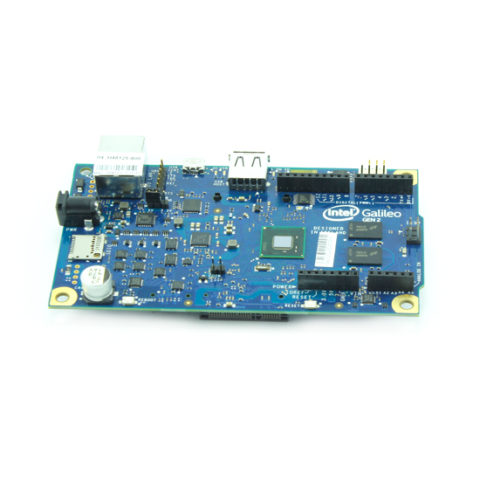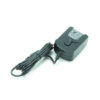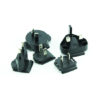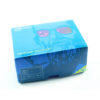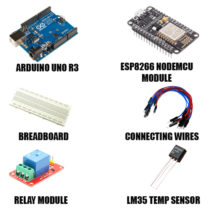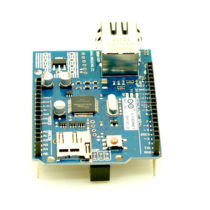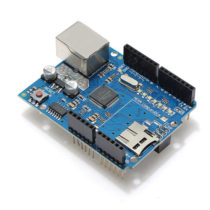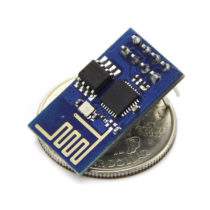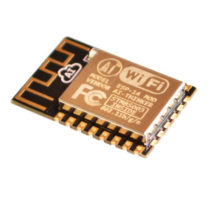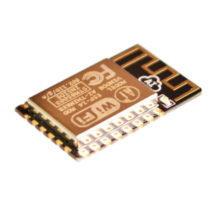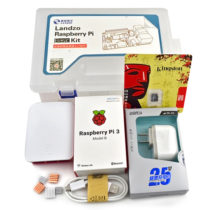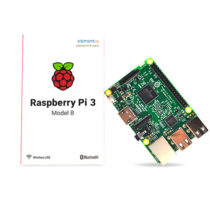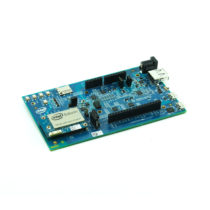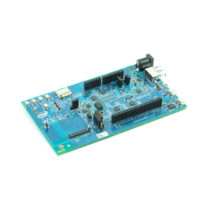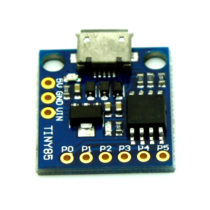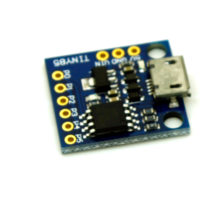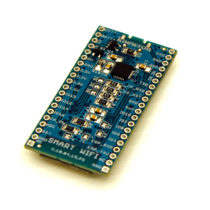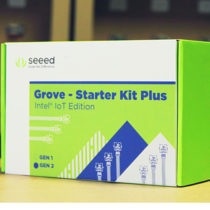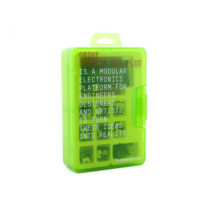The Intel® Galileo Gen 2 development board is a microcontroller board based on the Intel® Quark™SoC X1000 application processor, a 32-bit Intel® Pentium® brand system on a chip (SoC). It is the first board based on Intel® architecture designed to be hardware and software pin-compatible with shields designed for the Arduino Uno* R3.This platform provides the ease of Intel architecture development through support for the Microsoft Windows*, Mac OS*, and Linux* host operating systems. It also brings the simplicity of the Arduino integrated development environment (IDE) software.
Features:
- The Intel Galileo Gen 2 board is also software-compatible with the Arduino software development environment, which makes usability and introduction a snap. In addition to Arduino hardware and software compatibility, the Intel Galileo Gen 2 board has several PC industry standard I/O ports and features to expand native usage and capabilities beyond the Arduino shield ecosystem. A full-sized mini-PCI Express* slot, 100 Mb Ethernet port, Micro-SD slot, 6-pin 3.3V USB TTL UART header, USB host port, USB client port, and 8 Mbyte NOR Flash* come standard on the board.
- Intel Galileo Gen 2 improves on Gen 1 by replacing the RS-232 console port with a 6-pin 3.3V USB TTL UART header. New additions to the Intel Galileo Gen 2 board include 12-bit pulse-width modulation (PWM), console UART1 redirection to Arduino* headers, 12V Power-over-Ethernet (PoE) capability, and a power regulation system that accepts power supplies from 7V to 15V.
- The genuine Intel® processor and surrounding native I/O capabilities of the SoC provides for a fully featured offering for both the maker community and students alike. It will also be useful to professional developers who are looking for a simple and cost effective development environment to the more complex Intel® Atom™ processor and Intel® Core™ processor-based designs.
You can download datasheet for Intel Galileo here: http://www.intel.com/content/www/us/en/support/processors/embedded-processors/000006756.html


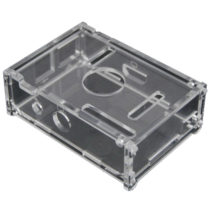
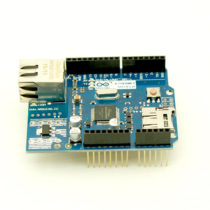
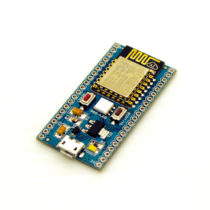
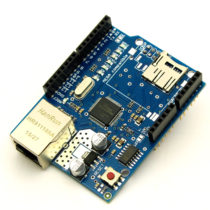
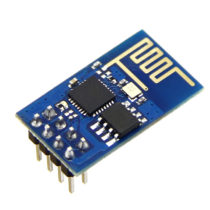
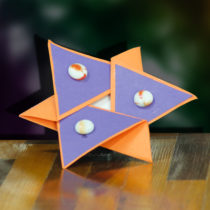 Scintillation by Raiza
Scintillation by Raiza 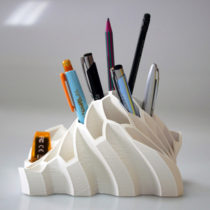 Beehive Pen and pencil Holder
Beehive Pen and pencil Holder 